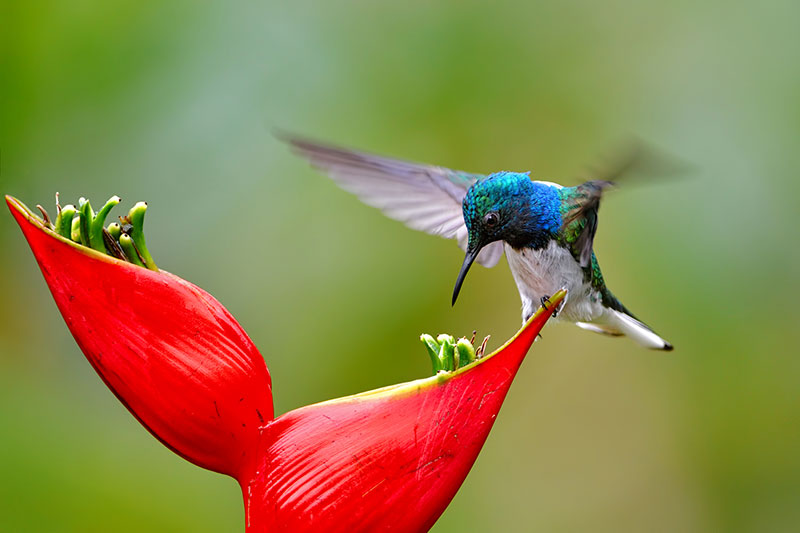Resolve to Be More Mindful This Year

Mindfulness is the simple – and paradoxically challenging – practice of being more present. It focuses on becoming aware of one’s environment, breath, event and/or feelings with complete nonjudgment and allowing the mind to let go of everything else.
Many use the terms mindfulness and meditation interchangeably, but they aren’t exactly the same. Mindful is a type of meditation that, for the purposes of this article, is about focusing your attention on a single object, experience or feeling. Many people practice mindfulness to reduce stress, achieve inner peace, or expand their ability to experience the world around them.
Mindfulness Has Been Shown to Heal the Body and Strengthen the Mind
Mindfulness is known primarily as a form of stress reduction. Numerous studies have shown its ability to lower stress, which is often the foundation of many diseases. A study done at Carnegie Mellon University showed that practicing mindfulness for just 25 minutes for three consecutive days was enough to alleviate stress and make one more resilient in stressful situations.
The simple act of lowering stress can help ease the symptoms of all kinds of conditions and diseases, including high blood pressure, chronic pain, cancer, heart disease and depression. Lowered stress also helps the mind. One study showed that people who lead stressful lives are 2-1/2 times more likely to develop mild cognitive impairment, a condition which is often a precursor to dementia. Mindfulness can also help caregivers. In one study, both Alzheimer’s patients and their caregivers who attended an eight-week mindfulness training program showed improvement in depression scores and sleep quality, as well as overall quality of life.
Some examples of mindfulness include:
Mindful Breathing
This is a simple exercise than can be done anywhere at any time. Just stop and focus on your breath. Start by breathing in and out slowly. Try to extend the length of each inhale and exhale. Feel the air fill your lungs. Let your thoughts go and become present by paying attention only to your breath.
Mindful Observation
This is a powerful exercise of focusing your attention on a single object, often something in nature. Simply choose an object – a flower, insect, or the clouds in the sky – and observe without judgment. Look at it as if you’re seeing it for the first time and pay attention to every detail. Connect with its energy and its purpose in the world.
Mindful Appreciation
In this exercise, simply notice the things and/or events that happen each day and be grateful. This could be something as simple as giving thanks that there’s food in your refrigerator, that your bus is on time or that the sun continues to rise each day.
How to Practice Mindfulness
We live in a busy world that rewards achievement and getting results. Given these circumstances, it can be a challenge to practice mindfulness. Here are some tips to get you started.
Make the time
The good thing about mindfulness is that it can be done in a very short amount of time. Focusing on your breath for just a minute can often reduce stress almost immediately. Almost everyone can find a minute in each day.
Observe your present moment without judgment
You may be feeling anxious, sad, guilty or angry. During your mindfulness practice, allow yourself to feel these emotions without judgment and observe what effect your mental state is having on your body. If you’re observing a grasshopper, do so without trying to make sense of its actions or trying to figure out why it’s behaving the way it is.
As judgment arises, acknowledge it, then let it go
It’s easy for our minds to start wandering during either mindfulness exercises or meditation. When this happens, simply realize what’s going on and then return your attention to your breath or whatever it is you’re observing. Be kind to yourself and understand that there’s no perfect way to be mindful. Just allow yourself to be whatever you are in the moment.
![PATHWAYS Care Solutions, LLC [logo]](https://www.pathwayscaresolutions.com/wp-content/uploads/sites/207/2016/10/logo-new-oct4.jpg)
![PATHWAYS Care Solutions, LLC [logo]](https://www.pathwayscaresolutions.com/wp-content/uploads/sites/207/2016/08/new-logo.png)